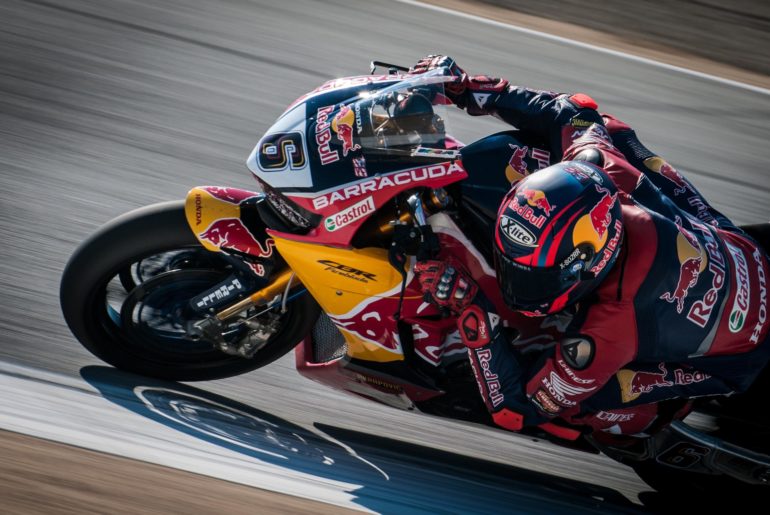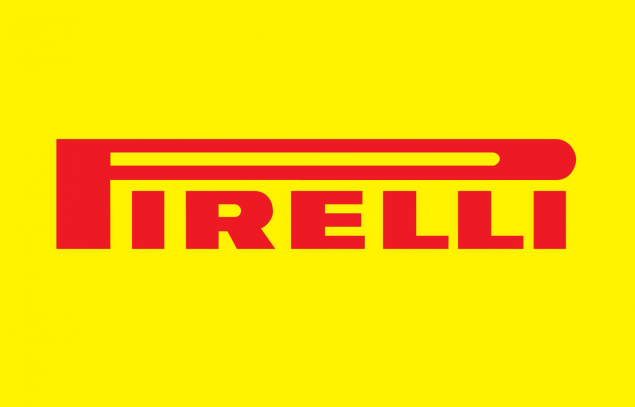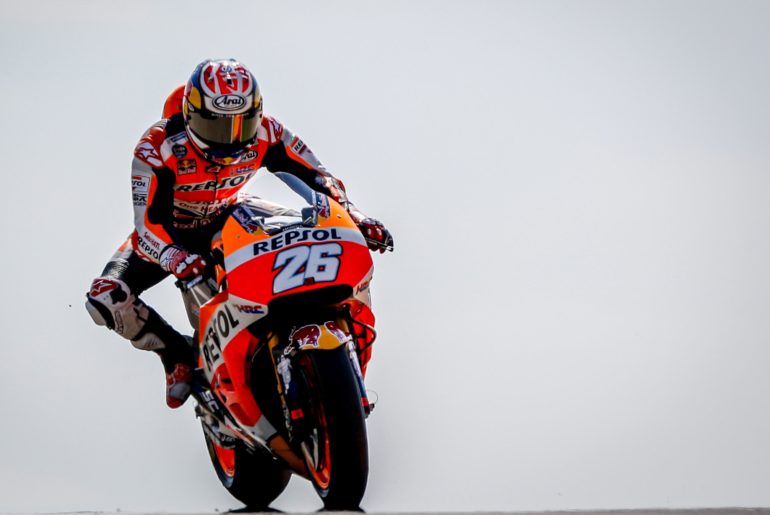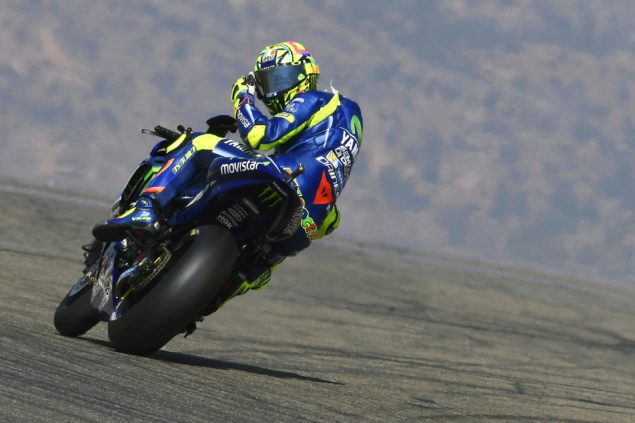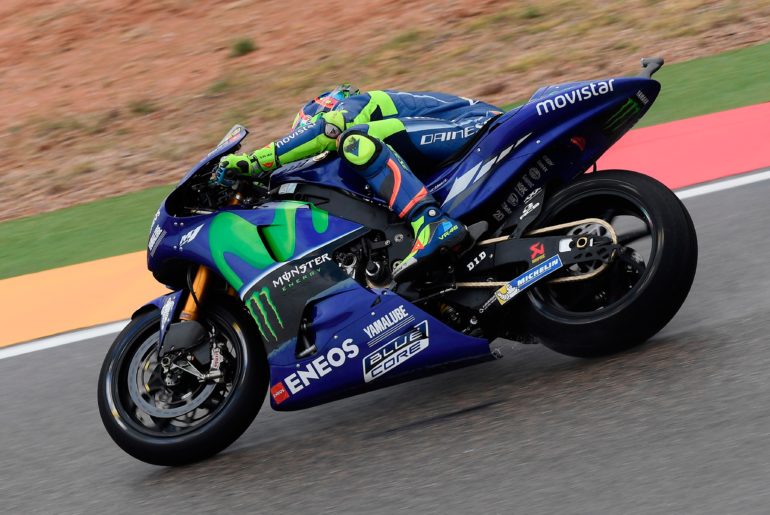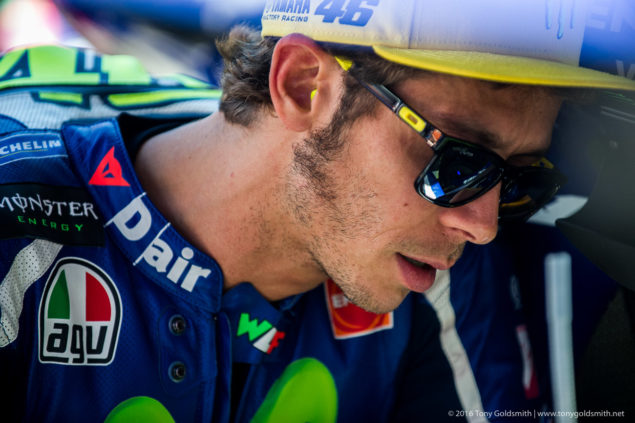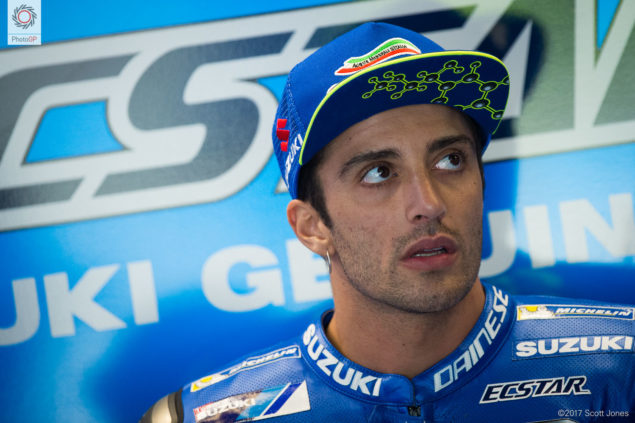
Andrea Iannone has been something of an enigma since joining Suzuki. The Italian was blisteringly quick last year on the Ducati, which is one of the reasons Ducati took so long to choose between him and Andrea Dovizioso, after they signed Jorge Lorenzo to the factory team.
He was fast when he jumped on the Suzuki GSX-RR for the first time at the Valencia test, then carried that speed to Sepang, where he finished as second quickest overall.
Things have gone downhill since then. The Italian slipped down the order at the Phillip Island, then trailed further behind at the Qatar test.
His season has gone from bad to worse since racing started: he has five DNFs from 13 races, and when he finishes, he usually ends up around tenth. His best result so far has been a seventh place in Texas, but that was the exception, not the rule.
He currently sits in sixteenth in the championship, with a paltry 33 points. Iannone, race-winner in Austria last year, sits behind both Monster Tech 3 Yamaha rookies, and behind a total of seven riders on satellite bikes.
His rookie teammate, who has spent most of the season banged up with injury, is threatening to beat him more and more regularly. How to solve an issue like Andrea Iannone?
There has been one possible solution floating around since early summer. The basic concept is a surprising, yet surprisingly logical, swap.
The idea was that Andrea Iannone would be shipped off to World Superbikes to ride the Kawasaki of Jonathan Rea, while Rea would take Iannone’s place on the Ecstar Suzuki in MotoGP.



